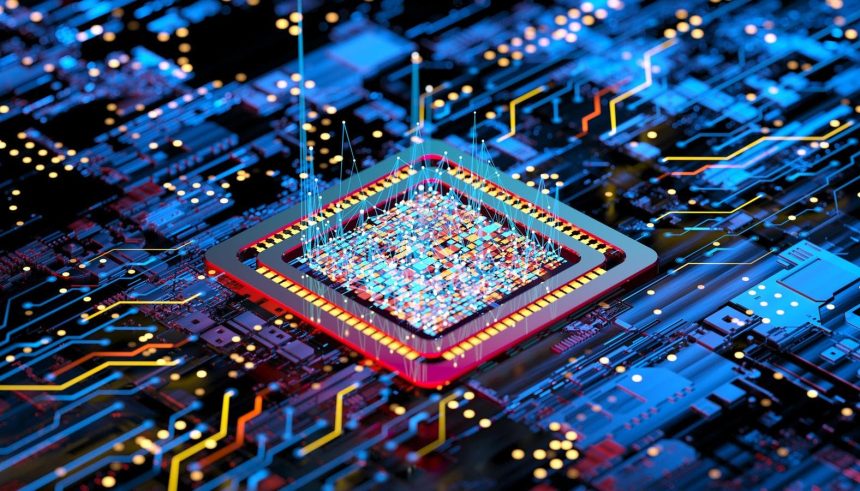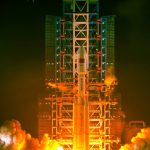Introduction: The Rise of Neuromorphic Processors
In recent years, researchers at the Technical University of Munich (TUM) have made significant strides in advancing artificial intelligence with the introduction of the AI Pro chip, a neuromorphic processor designed to function independently of cloud servers and without relying on internet connectivity. These chips were crafted by Professor Hussam Amrouch, who has developed a unique architecture that mimics the structure and function of the human brain, integrating computing and memory units to perform tasks efficiently. This design aims to enhance cybersecurity and energy efficiency, offering a promising approach to artificial intelligence systems.
Architecture and Function: Superficial Insights
The AI Pro’s architecture is inspired by the human brain, with computing and memory units integrated to process data locally. This design eliminates the need for data transmission to external servers, reducing latency and minimizing potential security vulnerabilities. Hyperdimensional computing, a feature of this architecture, allows the chip to recognize patterns with minimal data, significantly speeding up the learning process. This focus on efficiency and rapid learning aligns with Amrouch’s expertise in biology and neural networking, making the AI Pro a powerful tool for various applications.
Energy Efficiency and Security Advantages
One of the most notable features of the AI Pro is its high energy efficiency, which operates at a fraction of the energy required by traditional silicon chips. Specifically, it consumes only 24 microjoules for certain tasks, up to ten times less than comparable chips. This compact energy consumption is especially crucial for power-constrained environments, such as edge computing devices used in healthcare, environmental monitoring, and autonomous systems. By processing sensitive information locally, the AI Pro enhances security, ensuring that systems remain protected against cyber threats, even as they operate onBring data from remote devices.
Edge Computing and Specific Applications
The AI Pro is poised for significant impact in the realm of edge computing, where data needs to be processed and transmitted locally to edge devices without relying on cloud services. This approach addresses the growing demand for efficient, low-power solutions for real-time operations. Applications include self-driving vehicles, drones, and wearable health monitors. These devices can perform complex tasks like object recognition and decision-making in a privacy-preserving manner, reducing the risk of data breaches and ensuring enhanced security in critical operations.
Current State and Economic Considerations
While other advancements in-edge computing are gaining traction, the AI Pro represents a forward-thinking solution. It showcases the potential of customized, localized AI hardware that combines efficiency and security features. The chip’s design philosophy—focusing not just on performance but also on security—sets it apart from traditional machine learning frameworks, which often have vulnerabilities. However, this approach is not without challenges, particularly in scenarios where cloud-based processing is relied upon. Despite these issues, the AI Pro is expected to play a pivotal role in farmers, researchers, and industries seeking cutting-edge hardware that balances power, efficiency, and performance.
Future Outlook and Market Potential
As the field of AI hardware continues to evolve, the AI Pro is poised to become a cornerstone of future innovations. Amrouch’s vision highlights that neuromorphic chips are not just functional but also a stepping stone toward a more powerful, brain-inspired future. The development of AI Pro, combined with these insights and technological advancements, suggests a future where specialized AI hardware leverages the unique strengths of localized processing to address both security and power constraints. This shift not only ensures higher efficiency but also harnesses the benefits of human-like intelligence, paving the way for a future where AI systems are both secure and performant at an unprecedented level.



